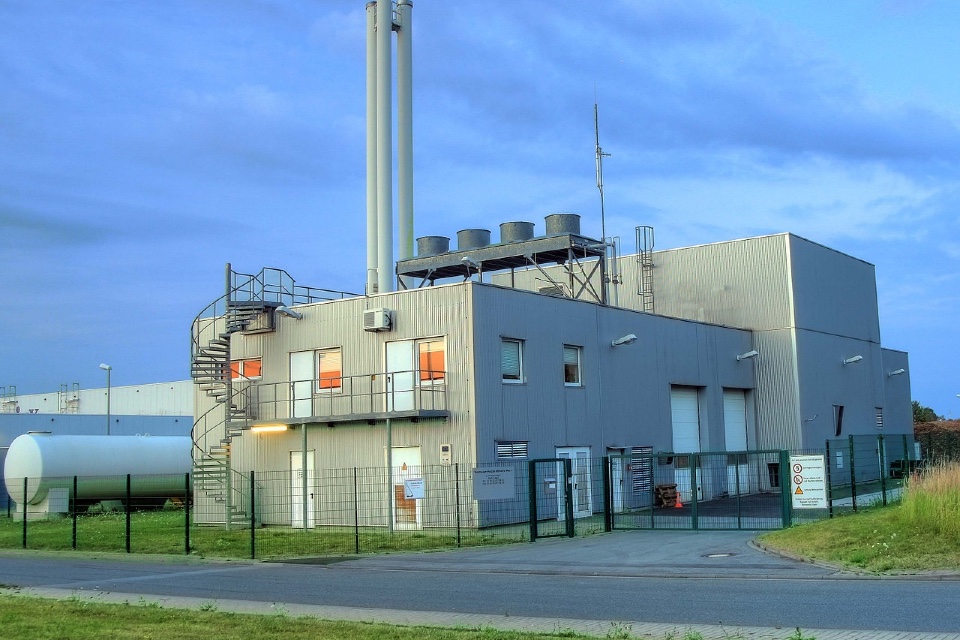UK biomass sector receives government funding worth £26 million
https://energymanagementsummit.co.uk/wp-content/uploads/2021/12/biomass-heating-power-plant-910240_1280-2.jpg 960 640 Stuart O'Brien Stuart O'Brien https://secure.gravatar.com/avatar/81af0597d5c9bfe2231f1397b411745a?s=96&d=mm&r=gInnovative biomass projects across the UK can now bid for a share of £26 million as the government ramps up plans to boost the use of materials such as grasses, hemp and seaweed to help the UK reach net zero.
Biomass refers to sustainably derived plant material that could be used as fuel to produce energy for heating and powering homes and businesses. Biomass, which is also backed by the independent Climate Change Committee, will be an important part of the renewable energy mix, vital for the UK to reach net zero emissions by 2050.
The chosen projects will drive biomass productivity in the UK through the breeding, planting, cultivating and harvesting of organic matter; from water-based materials such as algae, to whole trees through sustainable forestry operations.
The funding, available through Phase 2 of the government’s Biomass Feedstocks Innovation Programme, will see projects previously supported under Phase 1 with government funding to design new ways of boosting biomass production in the first round of the scheme, able to apply for further support to bring their projects to life.
Each project will be able to bid for up to £4 million in funding, or up to £5 million for bids from the multi-site demonstrator projects that will showcase new biomass feedstock production projects in multiple locations across the UK.
25 projects located across the country, from start-ups and family-run businesses to research institutes and universities, have already received a share of £4 million under Phase 1 of the programme. Under Phase 2, the projects will be developed from the design stage into full demonstration projects, showcasing new methods to grow biomass materials, which can be used to produce low-carbon energy.
The Biomass Feedstocks Innovation programme, part of the government’s £1 billion Net Zero Innovation Portfolio, is designed to increase the production of sustainable UK biomass feedstocks, and accelerate the commercialisation of the innovative biomass production technologies supported through the programme.
The projects supported under Phase 1 included a range of biomass production ideas, such as producing algae using wastewater from breweries and dairy industries, farming seaweed off the North Yorkshire coast, and increasing the planting and harvesting capacity for willow.
With this new £26 million government funding announced today, the Biomass Feedstocks Innovation Programme will lead to a greater supply of organic materials from domestic sources rather than using imported matter, with the successful projects supporting rural economies across the UK, providing jobs and encouraging private investment, while helping the UK on the path to net zero.










